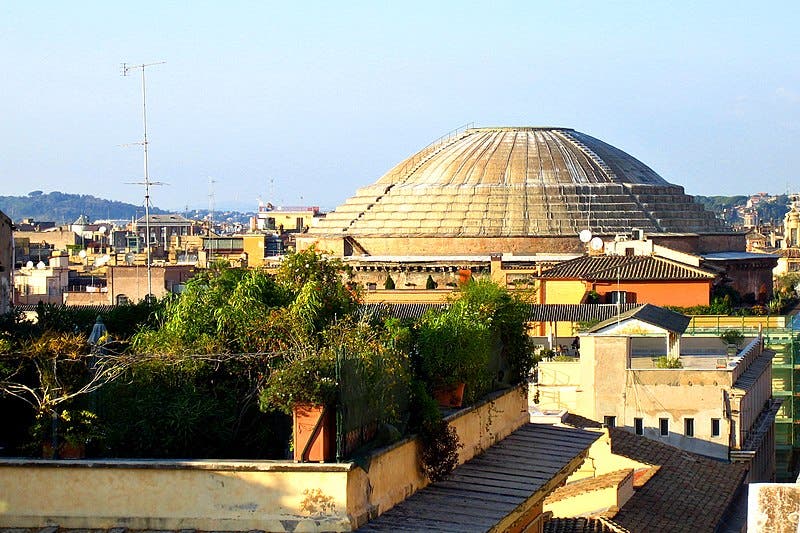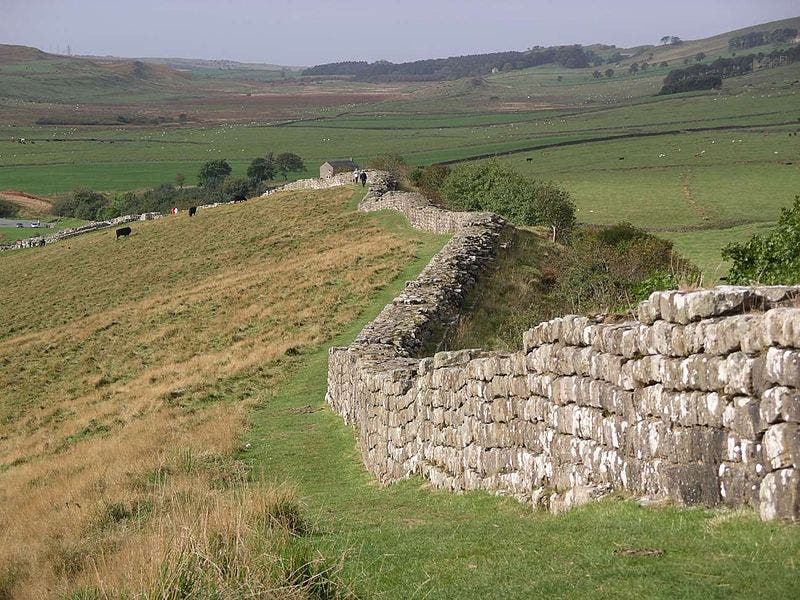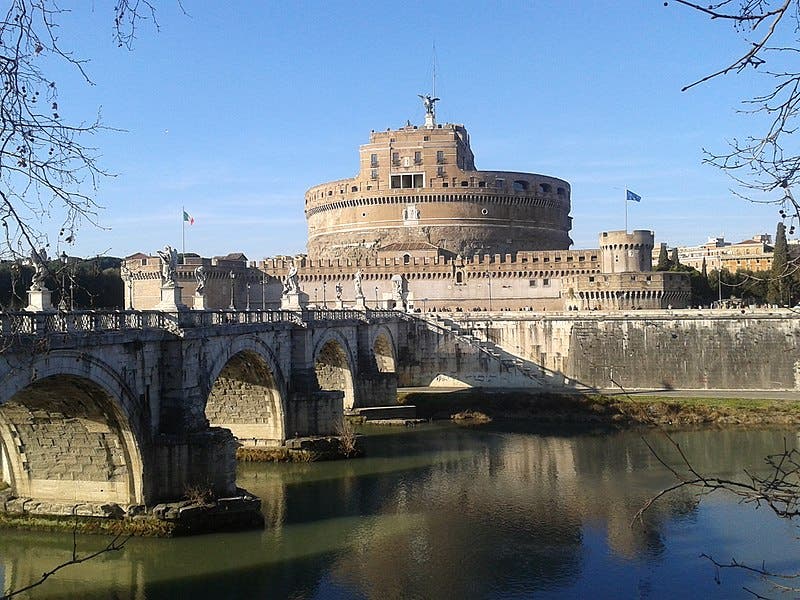Scientist of the Day - Hadrian, Emperor
Hadrian, Emperor of all Rome, was born Jan. 24, 76 C.E. Hadrian, who reigned from 117 to 138 CE., was the middle of the "Five Good Emperors" of Rome, and he seems to have been fond of building things, such as his villa outside Rome, the wall that marked the northern boundary of Roman Britain (third image), and his mausoleum that still stands in Rome, now known as the Castel Sant’Angelo (fourth image). But no doubt the greatest building associated with Hadrian is the Pantheon.
The first building of this name (a ‘temple for all the gods’) had been erected in Rome in 27 B.C.E. by Marcus Agrippa, during the reign of the first emperor, Augustus. Agrippa’s Pantheon burned down in 80 C.E., was restored, and then burned again; we don't know what these original temples looked like. Hadrian built it once more, finishing in 126 C.E., and we know what this one looked like, because it is still a prominent landmark in Rome (first image). The large dome of Hadrian's Pantheon was made of poured concrete, and, at 142 feet across, it was not only the largest unreinforced concrete dome ever built (as in ever), it was the largest dome of any kind for a millennium and three-quarters (second image).
During the Middle Ages, the Pantheon was denigrated as a pagan temple, but that view was changed by Petrarch, one of the 14th-century fathers of the Renaissance, who praised the Pantheon as the greatest building of antiquity. Most later Renaissance humanists followed Petrarch and placed the Pantheon in high esteem. When Brunelleschi constructed the dome on the Florentine cathedral of Santa Maria del Fiore in the 1430s, he was directly inspired by the Roman Pantheon, and although his completed dome was widely hailed, it did not, being made of brick and mortar, equal the engineering achievement of the original.
The Renaissance, with its penchant for burying people in churches, turned the Pantheon into a burial ground, and if you seek the grave of the great painter Raphael, it is to the Pantheon you should go. The French later built their own Pantheon in Paris, and it too is filled with dead people. I am not sure that was the intent of the ancient Romans, but so far, the gods have not complained.
Some think that Emperor Trajan should be given the credit for the design of the Pantheon, since he started the second rebuild, but it is certain that Hadrian saw it through to completion. There are many busts of Hadrian scattered about the museums of Europe; we show the one that is in the Louvre (fifth image).
Dr. William B. Ashworth, Jr., Consultant for the History of Science, Linda Hall Library and Associate Professor, Department of History, University of Missouri-Kansas City. Comments or corrections are welcome; please direct to ashworthw@umkc.edu.










